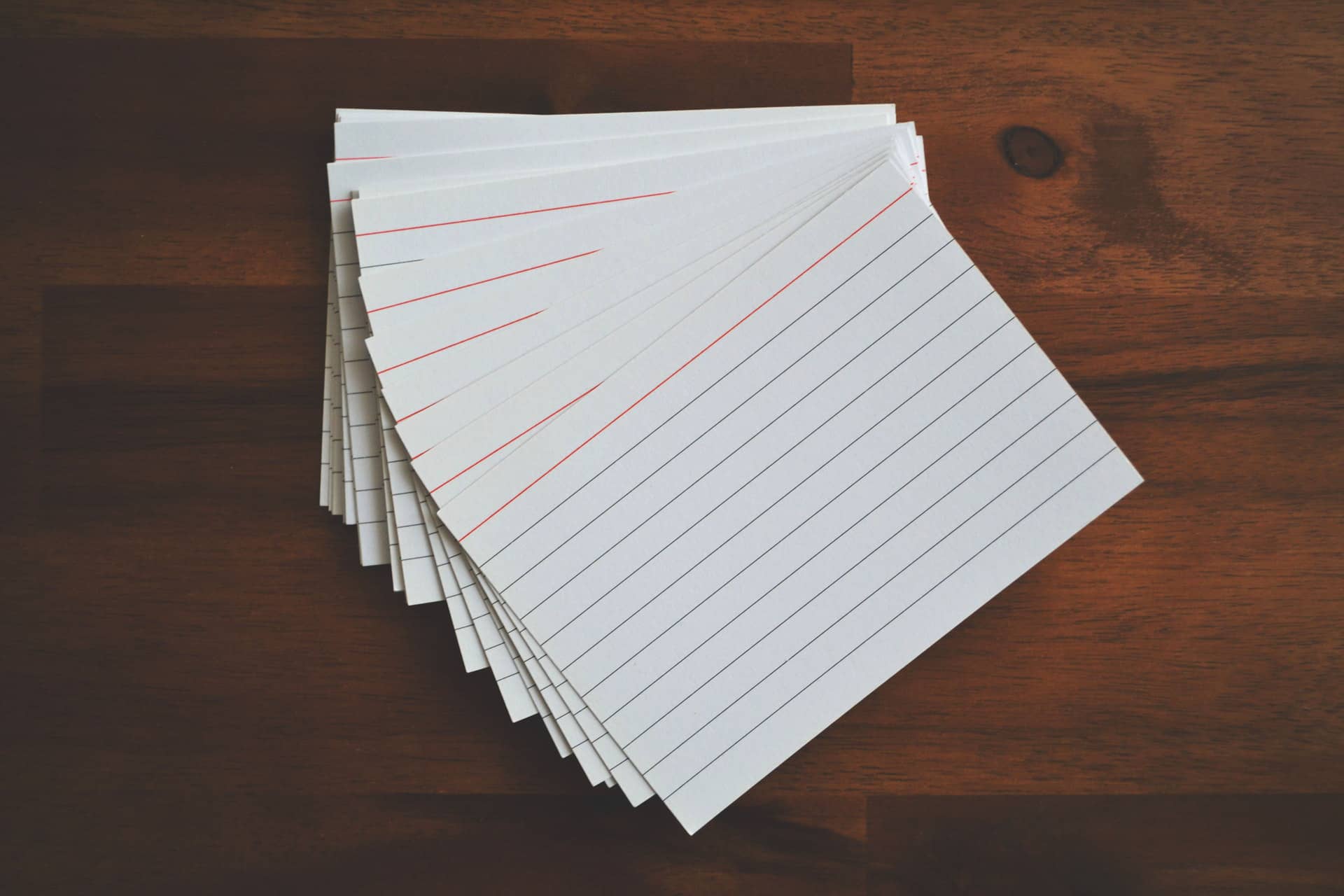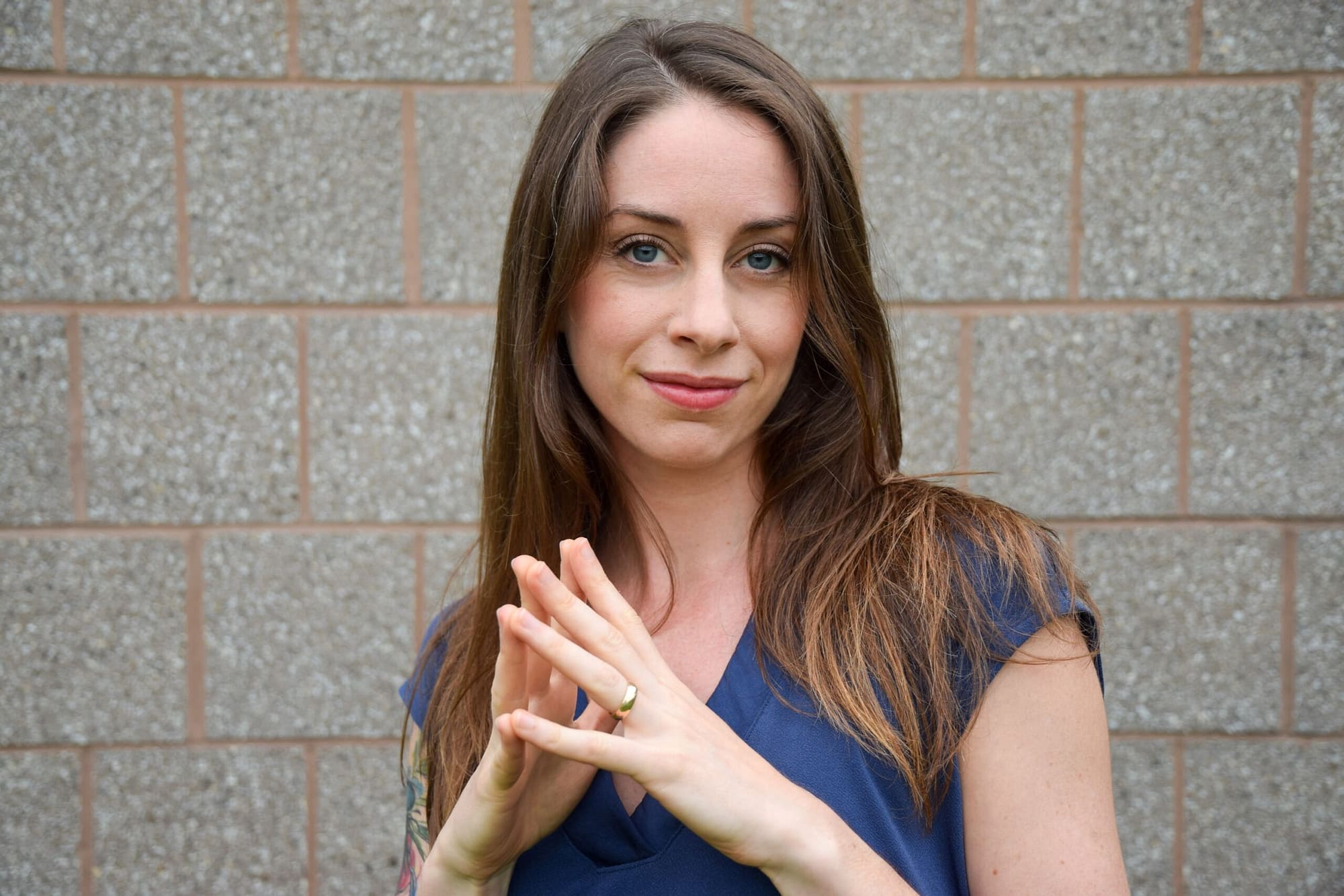Since January I’ve been working on regaining my ability to speak Spanish. I began studying Spanish during my freshman year of college, and I spent the following summer in Spain, making my way from barely coherent to respectably proficient. I even got to the point of thinking and dreaming in Spanish! But my engineering degree didn’t leave any more time for frivolous language classes, and I didn’t put in the effort to practice on my own, so my Spanish skills slowly withered and died. Now I’m bringing them back to life, and somewhat surprisingly, it feels a lot more like play than work! In this post, I’ll tell you about how I’m learning grammar and vocabulary, and in a later post I’ll talk about how I practice listening, speaking, reading, and writing.
When I realized that I would have several months between finishing my degree and starting my job, I decided that another immersion language learning experience would be the best way to spend it. I could have chosen spend these months globe-hopping or hitting the highlights of a whole continent, but those kinds of trips can easily be broken into pieces for shorter vacations. It’s so rare to have the opportunity travel this way — lingering for a long time in one place, staying with locals, learning what it’s like to live there — that I couldn’t pass it up.
I didn’t want to waste my time abroad on beginner Spanish that I already learned once upon a time, so I set about getting my old proficiency back. As always, my first step in starting any new project is to read about how other people have done similar things (my headstone will read: “Here lies our beloved, who always did her homework”). Good thing I did, because I discovered an amazing book called Fluent Forever that is basically a step-by-step guide to teaching yourself a language in a way that takes advantage of our natural language learning pathways. The author, Gabriel Wyner, makes a compelling case that adults are not actually less adept at learning languages than young children — we just tend to teach adults in a way that is out of sync with how language and memory works in our brains, based on what we know from research in this field.
This is huge because loads of people (especially native English-speakers) feel intimidated by foreign languages and think they are bad at learning them, usually because of an unsuccessful experience at school. I spent three years studying French in middle and high school and learned approximately nothing, so believe me, I have felt that pain. But I know now from experience that if you take a more effective approach, language learning can be a lot easier and more fun than we expect. And the more early success you have, the more fun it is and the more inspired you feel to keep learning. I haven’t followed Wyner’s strategy exactly, but I have used many elements of it, and I’ll give you the run down of all the tools I’m using to learn efficiently and actually enjoy doing it.
Vocabulary and Grammar: Anki
Anki is a digital flashcard system that uses spaced repetition to maximize your memorizing powers. Spaced repetition is a learning strategy in which the more times you remember something correctly, the longer you wait until you test yourself on it again. So when I make a new flashcard, if I get it right once I’ll see in again within a few days. If I get it right again, I won’t see it again for another week. Then if I get it right a third time, I won’t see it for another month, and on and on. If I get it wrong though, I start all over at the beginning. This is one of the most effective ways to learn small chunks of information, like vocabulary and grammar rules, and remember them forever.
Anki is a super flexible platform that lets you create customized collections of flashcards. You can decide what type of information is on each card and how you are tested, and cards can include not just text but also images and audio recordings. You can also set the spaced repetition schedule for different collections of cards. One of the reasons I love Anki so much is that they have a mobile app that syncs the cards I make on my laptop to my phone and my tablet, so I can study whenever I have a free moment (I’ve passed many a train ride this way). Wyner has a great video series that walks through how to use Anki.
The key to using flashcards for foreign language learning is not to put translations on the cards. Instead use the foreign word and an image that represents or evokes the word. If the word is especially difficult to capture with an image, you can use a short sentence in the foreign language that makes the meaning clear. The point is that you’re not tying the new language directly to your native one but to images and ideas, just as you did when you were a toddler learning your first language.
Making hundreds upon hundreds of flashcards may sound like a drag, but it can actually be done very quickly and feels sort of like a game. Once you set up multi-search in your browser and get the hang of using it to find information for your Anki cards, making a card can take just 30 seconds. In making the card you learn the word or grammar rule, and the card is all the more memorable because you made it yourself. It won’t be much use to anyone but you, but for you it’s gold. The real fun is in choosing the words, learning the nuances of their meanings, and finding images to match, especially for words that are complex or abstract. For example, here is the image I use for extrañar, which can mean to miss someone or something. How could I forget that face?
Stay tuned for the next post, where I’ll talk about how I practice listening, speaking, reading, and writing!


